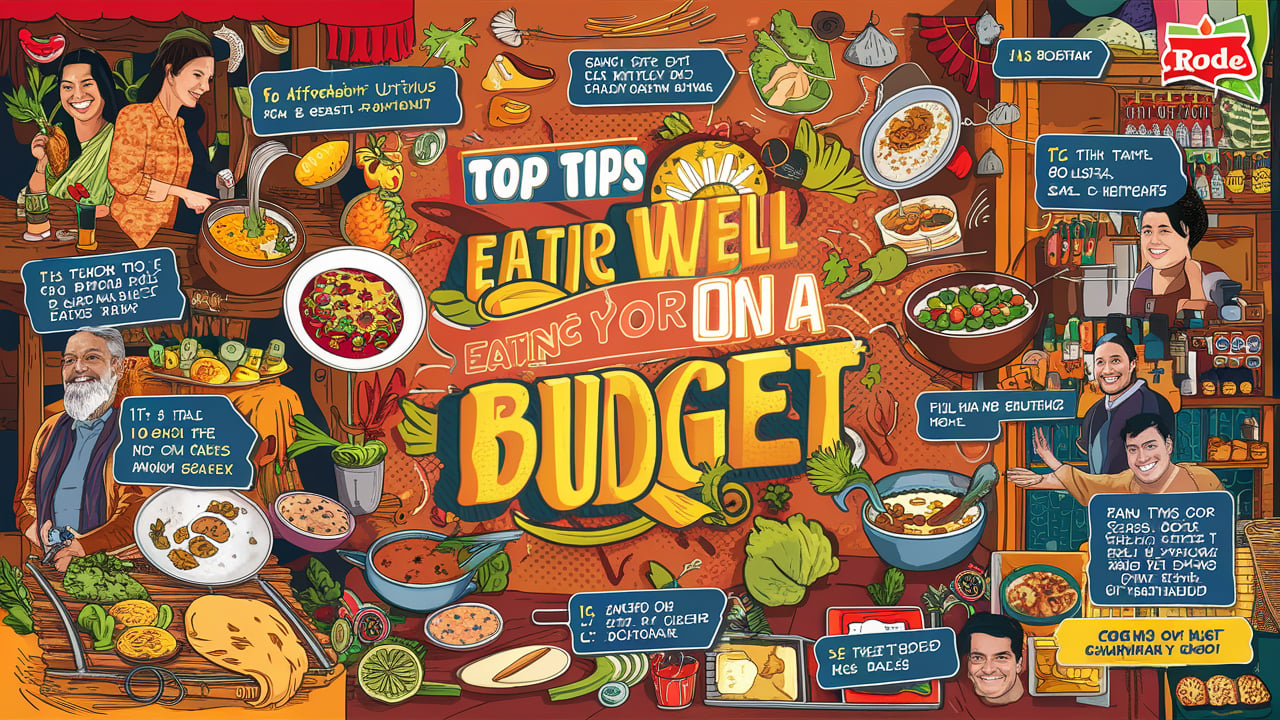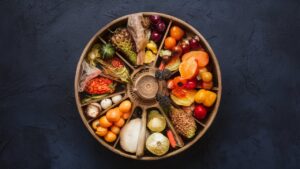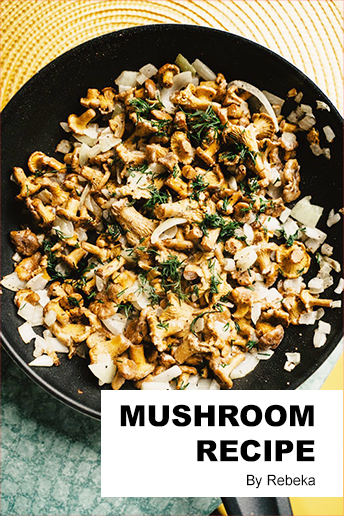- Eating well on a budget – how to enjoy economical eats every day
- Introduction: The Importance of Eating Well on a Budget
- Plan Your Meals and Create a Grocery List
- Shop Smart: Strategies for Saving Money at the Grocery Store
- Cooking at Home: The Key to Eating Well on a Budget
- Maximize Your Budget with Whole Foods and Frozen Produce
- Eating Well on a Budget – How to Enjoy Economical Eats Every Day
- Bulk Buying and Seasonal Produce: Smart Strategies for Saving
- Grow Your Own: Gardening for Affordable, Fresh Produce
- Conclusion: Enjoying Healthy and Economical Eats Every Day
- FAQ
- Eating Well on a Budget – How to Enjoy Economical Eats Every Day
Eating well on a budget – how to enjoy economical eats every day
Living healthily while on a budget can be tough. I know this first-hand. But, it’s doable and even fun. I want to show you how to enjoy great, affordable meals that keep you healthy. This article will share lots of tips and tricks.
First off, focus on whole foods to eat better for less. They come in bigger packages and last longer. You don’t always need big brand names to get quality food. Many store brands are just as good but cheaper. This way, you save without losing out on flavor or good nutrition.
Avoid spending too much on processed snacks and meals. They’re not really good for you, and they cost more. Instead, go for simple, unprocessed ingredients. They’re wallet-friendly and healthier.
Choosing local, in-season produce can also be a wallet-saver. They’re often priced lower and richer in nutrients. Don’t overlook frozen fruits and veggies. They’re a nutritious, cheaper alternative to fresh items, available year-round.
Key Takeaways
- Embrace whole foods and generic brands to save money without sacrificing nutrition
- Prioritize local and in-season produce, as well as frozen options, for cost-effective and nutritious meals
- Bulk buy non-perishable items like grains, beans, lentils, nuts, and dried fruits to maximize savings
- Consider growing your own produce or joining a community garden for fresh, affordable ingredients
- Develop a meal planning routine and stick to a thoughtful grocery list to avoid impulse purchases
Introduction: The Importance of Eating Well on a Budget
Maintaining a balanced, nutritious diet is key for our health. Yet, it’s tough when you’re watching your budget. Healthy foods might seem too expensive. This often pushes people toward cheaper, less healthy options. But you can eat well without spending too much by planning and shopping smart.
Why Eating Healthy Matters, Even on a Tight Budget
Eating well greatly impacts our physical and mental health. It gives us energy, uplifts our mood, and keeps us at a healthy weight. A diet packed with fruits, veggies, grains, and lean meats fights off diseases like heart disease and diabetes. Choosing a nutritious diet, even when you don’t have much to spend, is very important for our well-being.
The Challenges of Balancing Nutrition and Cost
Finding the right balance between health and cost is difficult. Processed meals may seem the best option, especially when you’re short on time and money. But, eating home-cooked, balanced meals pays off in the long run.
To eat well without overspending, get creative with adding nutritious foods. With a bit of planning, you can enjoy a healthy diet that fits your budget.
“Eating a healthy diet is crucial to your mental and emotional health as well as your physical wellbeing. It can make a huge difference to your mood, energy, waistline, and how well you think and feel.”
Choosing affordable, nutritious foods and smart shopping can help you eat healthy on a budget. Approach this goal with innovation, flexibility, and dedication to staying well.
Plan Your Meals and Create a Grocery List
Meal planning and creating a grocery list are key to eating well without spending too much. By preparing your meals ahead and listing all you need, you could save up to $3,000 a year. This method keeps you on track and makes your money go further in the store.
The Benefits of Meal Planning and Grocery List Creation
Planning your meals has major payoffs for your budget. It could cut your monthly food cost by $500, great for big families. Plus, a set grocery list helps avoid overspending, saving you $125-$150 each trip. Fewer trips to the store make spending more efficient.
Tips for Effective Meal Planning and List Making
Here are some tricks for successful meal planning and list making:
- Plan meals around the Mediterranean diet, mixing fish, chicken, and vegetarian for less waste and more savings.
- Use grains like rice and pasta for their value and to make your meals more flexible.
- Buy fruits and veggies that are in season, as they are usually cheaper.
- Try dinners that are easy on the wallet, such as Shakshuka or Quinoa Salad, to save money.
- Plan a leftover night weekly to cut down on waste and save extra.
- Stick to one low-cost grocery store to save on gas and spend less overall.
- Use one day each week for planning, shopping, and preparing meals to stay organized.
- Getting advice from a dietitian can help you save on food while eating a healthy diet.
Following these hints when planning meals and shopping can lead to big savings and better eating.
Shop Smart: Strategies for Saving Money at the Grocery Store
Shopping smart in the grocery store is key when you want to save money. It might seem hard at first, but there are ways to make it work without giving up on tasty, healthy meals. We’ll go over some tips and tricks to help you get the most out of your grocery budget.
Stick to Your Grocery List and Avoid Impulse Buys
Always stick to your shopping list once you’ve made it. Those impulse buys can really mess up your budget fast. Shopping the store’s edges first, where the fresh foods are, helps. It keeps you away from those tempting but often overpriced snack foods and specials that are not true bargains.
Explore Generic Brands and Discount Stores
Consider buying generic or store brands. They’re usually just as good as the national brands but cost less. Also, check out discount stores or warehouse clubs for deals on everyday items. Just be careful not to buy more than you need in bulk.
| Item | National Brand Price | Store Brand Price | Savings |
|---|---|---|---|
| Canned Tomatoes (28oz) | $2.99 | $1.79 | 40% off |
| Whole Wheat Pasta (16oz) | $3.49 | $1.99 | 43% off |
| Granulated Sugar (4lb) | $4.99 | $3.29 | 34% off |
Using these strategies can help you eat well on a budget. With a little effort, you can cut down your grocery spending. Remember, even small adjustments can save you a lot over time.
“The key to smart grocery shopping is staying focused and avoiding impulse buys. With a little planning and discipline, you can save a substantial amount on your weekly grocery bill.”
Cooking at Home: The Key to Eating Well on a Budget
Eating well on a budget is not as hard as it seems. Cooking at home is a smart and fun way to have good food cheaply. It helps you save money and eat tasty, healthy meals.
Why Cooking at Home is More Cost-Effective
Making your meals at home is cheaper than eating out. You can feed a family of four for the cost of one or two meals at a restaurant, on average. Also, you choose what goes into your food, making smart and budget-friendly choices.
Tips for Efficient and Affordable Home Cooking
Planning and being organized are crucial for cooking at home on a budget. Some like cooking for the week on weekends, while others cook daily. Making big meals and saving leftovers is a great money and time saver. You can also freeze extra portions to eat later.
Here are more tips to make home-cooking even better:
- Use seasonal produce for its better price and nutrients.
- Try plant-based proteins which are healthy and budget-friendly.
- Choose store brands, they’re often as good but cheaper than big brands.
- Use store programs and coupons to save money.
- Visit farmers’ markets or join a CSA for fresh veggies at good prices.
By getting into the habit of cooking at home, you benefit from cheap, nutritious meals and tasty dishes. A bit of planning and imagination can make cooking at home the best way to eat well without spending too much.
“Cooking at home is the most cost-effective way to enjoy delicious, healthy meals every day.”
Maximize Your Budget with Whole Foods and Frozen Produce
Eating on a budget doesn’t mean you lose out on taste or health. Choose whole foods and frozen produce over processed meals. This shift can save you money and keep your diet healthy.
The Benefits of Choosing Whole Foods Over Processed Options
Whole foods like cheese blocks, canned beans, brown rice, and oats cost less per serving than processed foods. Convenience foods have added costs from processing and packaging. Choosing whole foods lets you save money and get more nutrients while avoiding extras like additives.
How Frozen Produce Can Save You Money and Reduce Waste
Frozen produce is great for your budget and the environment. It is just as healthy as fresh options and comes in affordable, big bags. Using frozen food means less potential waste and always having a cheap, healthy option available.
Buying fresh or frozen seasonal produce also helps save money. Look into food assistance, cash-back apps, and wholesale memberships. They can save you even more money on groceries.
Choosing whole foods and frozen fruits and veggies is good for you and your wallet. It’s a smart way to eat well, save money, and cut down on food waste!
Eating Well on a Budget – How to Enjoy Economical Eats Every Day
Eating right without spending a lot doesn’t have to be hard. By being creative and using smart tips, you can have tasty, healthy meals daily. You won’t have to spend too much. Here are ways to enjoy creative budget-friendly meals and affordable breakfast, lunch, and dinner ideas.
Creative and Affordable Meal Ideas for Breakfast, Lunch, and Dinner
Use leftovers in a new way to cut down on waste and cost. For example, last night’s chicken can become a new meal, like a stir-fry or salad. Pasta from dinner can turn into a tasty casserole for the next night. It’s about looking at what you have in a fresh light.
Use inexpensive protein sources too. Things like lentils, beans, and peas are cheap but packed with protein. Canned fish, such as tuna, is also a smart, affordable choice for boosting nutrition.
Incorporating Leftovers and Utilizing Inexpensive Protein Sources
Building meals around leftovers and budget proteins can save both money and time. Planning ahead helps you get the most out of your ingredients. This ensures every meal is worth it, keeping your budget in check.
Being open to trying new recipes is essential for eating well on a budget. This means adapting and using what’s affordable and healthy. With creativity and the right focus, you can have great meals without overspending.
“Eating well on a budget is not just about saving money, it’s about nourishing your body and mind with delicious, affordable meals that bring you joy.”
Bulk Buying and Seasonal Produce: Smart Strategies for Saving
Savvy shoppers stretch their grocery budget by buying strategically. They know the benefits of bulk buying and seasonal produce. This way, they save money while still enjoying quality meals.
The Benefits of Buying in Bulk for Non-Perishable Items
Buying non-perishable items in bulk saves you a lot of money. Grains like brown rice and oats are great for this. They last long if you store them well. Buying items like beans and dried fruit in bulk also cuts costs over time. The trick is to pick items you use a lot to avoid waste.
Taking Advantage of Seasonal Produce for Cost-Effective Nutrition
Local, seasonal produce is usually cheaper than importing it. This not only saves money but also means fresher, tastier foods. Using seasonal fruits and vegetables in your meals saves money. Plus, it adds nutrients to your diet.
| Bulk Buying Benefits | Seasonal Produce Savings |
|---|---|
|
|
Use bulk buying and seasonal produce to lower your food expenses. This way, you keep your meals tasty and nutritious. This approach will help you save money on groceries and still enjoy healthy meals with your family daily.
Grow Your Own: Gardening for Affordable, Fresh Produce
Tending to a home garden can be rewarding and save you money on fresh produce. You can grow your own herbs, vegetables, and fruits. This way, you enjoy home gardening and spend less at the store.
The start-up costs for gardening tools can change. If you need specialized tools, it might cost more. But, you will save a lot in the long run. For example, a tomato plant can give you 20-90 tomatoes, which is 10-30 pounds of fruit. This is much cheaper than buying tomato sauce. Also, growing potatoes can save you a lot. They are $1.03 less per pound at Walmart.
- Tomato seedlings can cost 50 cents to $4 each. You might save money if you start from seeds.
- Onion sets are cheap. You can get about 100 for less than $5.
- It costs about 10 cents to grow a bell pepper. Walmart sells them for 82 cents.
- Jalapeno plants can yield 100 peppers. It costs about 11 cents each, much less than store prices.
The National Gardening Association mentions something interesting. They say that most gardening households make a profit. Also, if there’s a drought or disease, you’re less affected. This means you’ll always have affordable, fresh food.
Gardening is a time-consuming activity but it offers many benefits. You save money and eat healthier. Starting a garden, even in a small area, lets you grow your own food. It also cuts your grocery bill.
“Growing your own food can be a rewarding and cost-effective way to supplement your diet with healthy, homegrown ingredients.”
It doesn’t matter if your space is big or small. You can always find a way to grow some of your food. From raised beds to pots, you have many options. With a bit of effort, you can turn your outdoor area into a fresh food paradise.
Conclusion: Enjoying Healthy and Economical Eats Every Day
I hope this guide helped you learn to eat healthy on a budget. Use the tips to enjoy nutritious meals every day. Remember to watch your spending, get creative in the kitchen, and get the best value from your food.
Plan meals, shop wisely, and cook at home to save money. Focus on whole foods, frozen veggies, and cheaper proteins to cut costs. You’ll still get all the nutrients you need.
Eating right doesn’t have to break the bank. It’s about making your health a priority. With these steps, you can avoid diseases like heart problems, stroke, and diabetes. Be smart and enjoy good, low-cost meals every day.
FAQ
Eating Well on a Budget – How to Enjoy Economical Eats Every Day
1. How can I eat healthy on a budget?
To eat healthy on a budget, focus on nutritious and whole grain foods. Avoid processed foods and try to cook at home to save money. Use leftovers creatively to create new dishes like soups. Incorporate frozen fruits and vegetables into your meals for added nutrients.
2. What are some economical staple foods to include in my diet?
Consider incorporating lentils, berries, canned fish, and tofu into your meals as these are affordable, nutrient-dense options that can help you eat well without breaking the bank.
3. How can I enjoy nutritious meals while living on a tight budget?
Opt for cheaper cuts of meat and source of protein like dried beans to create healthy and nutritious meals that are budget-friendly. Meal planning and creating a grocery budget can also help in making healthier eating choices.
4. What are some effective ways to eat healthy without spending a lot?
Buy foods like beans and rice in bulk, as they are nutritious and inexpensive options. Consider incorporating more vegetarian meals into your diet to save money on meat and fish expenses.
5. How does meal planning help in eating well on a budget?
Meal planning allows you to plan ahead


 Trending now - the hottest spicy bakes to try in 2024
Trending now - the hottest spicy bakes to try in 2024 Baking apples - a step-by-step guide
Baking apples - a step-by-step guide








